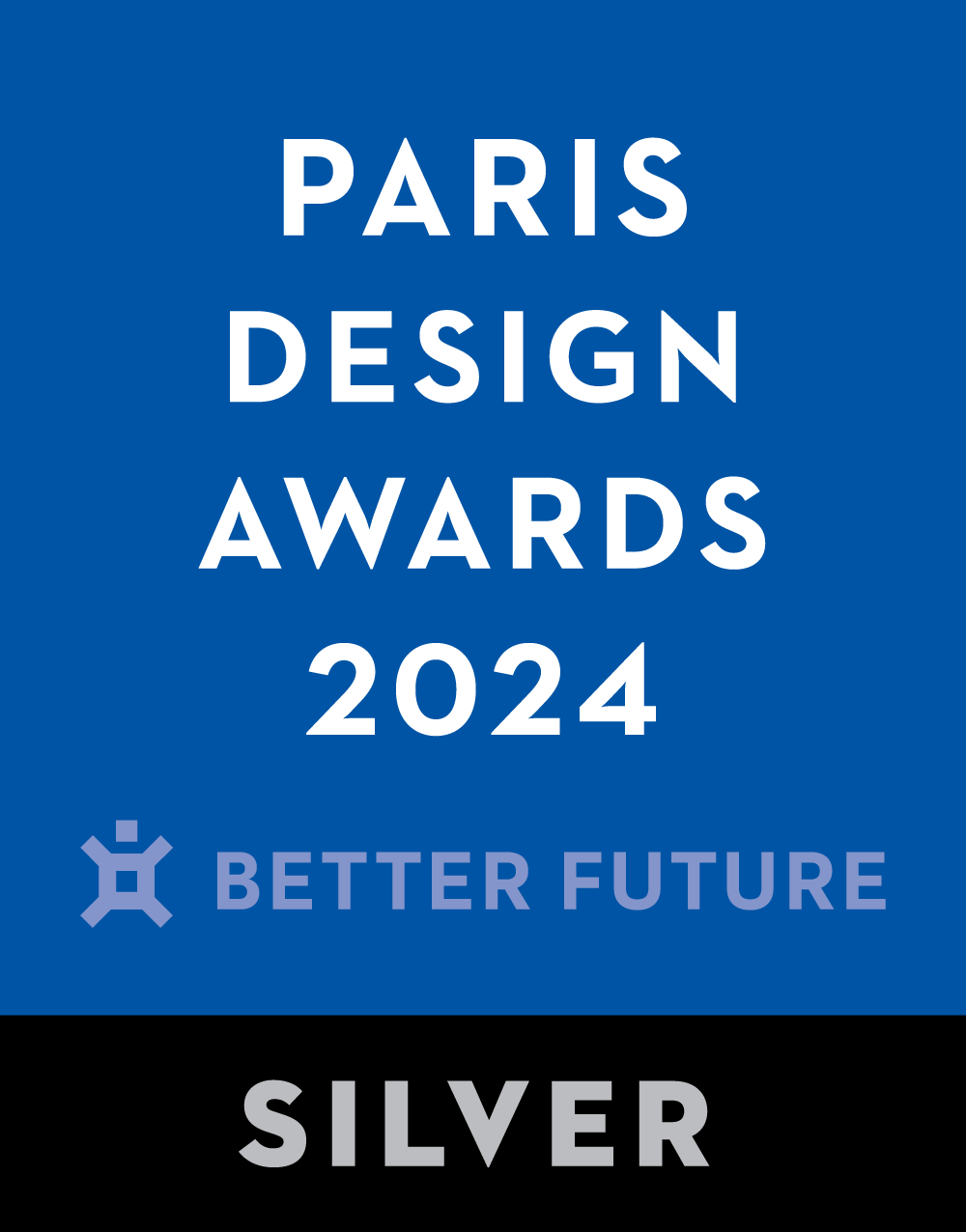Key Dates







![]()


Image Credit :

Project Overview
This interior design project involves a hot pot restaurant near a fishing harbor. It is the first culinary branch launched by a yacht entertainment brand, which artfully combines the three elements of food and beverage, outdoors, and yachting. This transforms the ocean's essence into a delightful feast on the tip of one's tongue. The owner desires to bring the brand's "adventurous spirit" and "seafarer culture" into the space. To achieve this, the designers have incorporated elements such as "ocean", "sailboat", "outdoor," and "camping" into the design. The aim is to provide customers with a new style of hot pot experience that is rich in local characteristics, brand features, human touch, and a relaxing atmosphere.
Organisation
Team
YUN TZENG, TSUNG LIN TSAI, MEI
Project Brief
The building's exterior has a simple silhouette and features ship's lights, which together create an image of a ship's hull. The walls, both indoor and outdoor, are stylized to represent the new industry brand, and the logo incorporates the symbol of a seafarer, perfectly linking the restaurant with seafaring culture. The interior uses rough stone veneer, ocean blue glass panels, and large graffiti walls to carry the core of the brand throughout the entire space. This allows diners to enjoy their food while experiencing the ocean culture, making it a deeply rooted food and beverage brand.
Project Innovation/Need
The layout planning of the interior space was of the utmost importance to the designer. The designer pushed the original space outward to achieve a more spacious interior and expanded its spatial scale. The designer also skillfully utilized the original building's height difference and different materials to create a drainage space and a texture end view. The result is an interior that is both aesthetically pleasing and practical.
Design Challenge
Moreover, the designer considered the high wind pressure generated by the adjacent seashore. To address this, the designer made a crucial change by altering the store entrance into a side-opening door. This change not only avoids the inconvenience of entering and exiting caused by wind pressure but also prevents the impact of monsoon winds on the building. Overall, the designer's efforts have resulted in a well-planned, functional, and visually appealing interior.
Sustainability
Since the 1960s, there has been a global movement towards environmental protection and the emphasis on environmental issues and concepts has grown. Nowadays, environmental protection has become an essential part of spatial design. To achieve energy-saving and carbon reduction, the designer of this project made window openings at suitable locations to increase interior lighting. The project also incorporates energy-saving LED lighting. To minimize the depletion of natural resources and promote the circular economy, the designer used a large number of green building materials and followed the existing building materials and decorations as much as possible. The result is a better and more sustainable environment for the earth.
Interior Design - Retail - Shopping & Food
This award celebrates innovative and creative building interiors, with consideration given to space creation and planning, furnishings, finishes and aesthetic presentation. Consideration given to space allocation, traffic flow, building services, lighting, fixtures, flooring, colours, furnishings and surface finishes.
More Details

